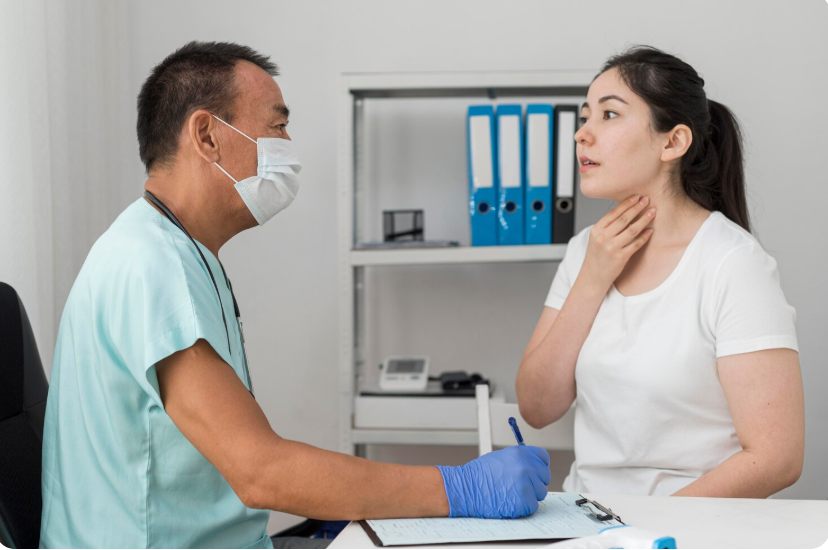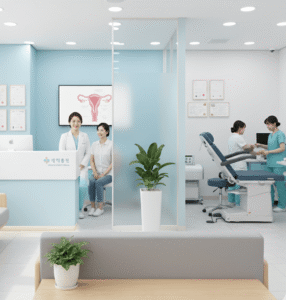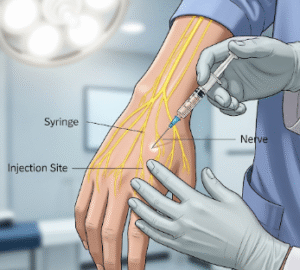What It Is
Turbinate Reduction is a surgical procedure aimed at reducing the size of the nasal turbinates—structures inside the nose that help humidify and filter air. Enlarged turbinates can obstruct airflow, cause chronic nasal congestion, snoring, or breathing difficulties. Reduction can be achieved via partial resection, radiofrequency, laser, or coblation techniques to improve nasal airflow while preserving mucosal function.
Why It’s Done
Patients choose turbinate reduction to:
- Relieve chronic nasal congestion
- Improve breathing and airflow
- Reduce snoring and sleep-disordered breathing
- Complement other nasal surgeries, like septoplasty or rhinoplasty
Enlarged turbinates can be due to allergies, chronic sinusitis, or anatomical variations.
Alternatives
Non-surgical options include:
- Nasal corticosteroid sprays to reduce inflammation
- Antihistamines for allergy-related swelling
- Saline irrigations for temporary relief
Surgical alternatives involve different techniques such as submucosal resection, laser-assisted reduction, or radiofrequency ablation depending on severity.
Preparation
Preparation includes:
- Nasal examination and imaging (CT scan if needed)
- Allergy testing to address contributing factors
- Avoiding blood-thinning medications and smoking
- Fasting if general anesthesia is planned
How It’s Done
The procedure is usually performed under local anesthesia with sedation or general anesthesia. Techniques include:
- Radiofrequency ablation: Shrinks turbinates by applying energy without removing tissue
- Submucosal resection: Removes excess bone or soft tissue while preserving mucosa
- Laser or coblation: Reduces tissue precisely with minimal bleeding
Surgery generally takes 30–60 minutes and is often outpatient.
Recovery
Recovery involves:
- Mild swelling, congestion, or nasal discomfort
- Avoiding trauma, strenuous activity, or nasal picking
- Saline sprays and follow-up visits to monitor healing
- Return to normal activities typically within 1 week, with full improvement in nasal airflow over a few weeks
Possible Complications
Risks may include:
- Bleeding or infection
- Scarring or crusting inside the nose
- Over-resection causing dryness or empty nose syndrome
- Incomplete symptom relief
Choosing experienced surgeons in Korea reduces the risk of complications and ensures effective outcomes.
Treatment Options in Korea
Diagnosis
Korean ENT specialists use physical examination, endoscopy, and imaging to assess turbinate size, airflow obstruction, and underlying causes.
Medical Treatments
Non-surgical management includes corticosteroid sprays, antihistamines, decongestants, and allergy control.
Surgical or Advanced Therapies
Advanced Korean techniques include radiofrequency, coblation, laser-assisted, and precision submucosal resection, minimizing downtime and maximizing functional results.
Rehabilitation and Support
Postoperative care includes nasal irrigation, follow-up consultations, guidance for allergy management, and access to international patient support for smooth recovery.
Advantages of receiving treatment in Korea: access to cutting-edge surgical technology, highly skilled ENT surgeons, minimally invasive techniques, precise planning for natural breathing function, and cost-effective care for international patients.













